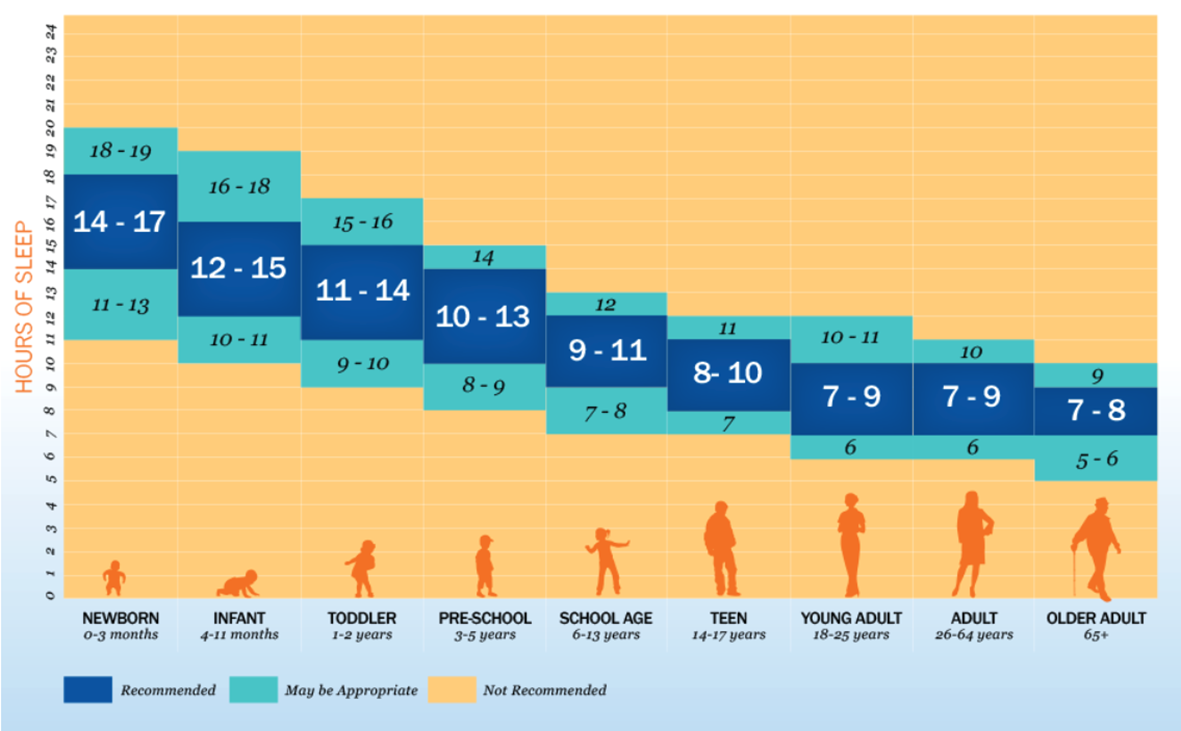|
“I hate maths!” might not be an unfamiliar phrase you hear from your child. But is there more to it? A Specific Learning Disorder in Mathematics (also commonly known as Dyscalculia) is a condition that affects a child's ability to understand and work with numbers. Here are some signs that your child may have dyscalculia:
1. Difficulty understanding and remembering basic math concepts such as counting, addition, subtraction, multiplication, and division. 2. Struggles with basic math facts such as memorizing multiplication tables or basic addition and subtraction facts. 3. Difficulty understanding and using mathematical symbols such as +, -, x, /, <, >. 4. Difficulty with spatial reasoning and understanding spatial relationships, such as left and right, up and down, or in and out. 5. Difficulty with understanding time, including telling time, and understanding the passage of time. 6. Difficulty with mental math and estimating numbers. 7. Struggles with word problems and understanding how to apply mathematical concepts to real-life situations. If you notice your child struggling with any of these areas, it's important to seek help from a qualified professional such as a psychologist, or a paediatrician who can refer you to the appropriate professional. Working memory is a process that allows us to hold and manipulate information temporarily in our mind in order to carry out complex mental tasks. Working memory is involved in many aspects of learning and development, as well as problem solving, and decision making. Working memory is limited in capacity and duration, meaning that it can only hold a certain amount of information for a brief period of time. This is why we often forget information we were just told, especially if we were not paying close attention to it. Children with strong working memory skills are better able to follow directions, remember information, and complete complex tasks.
Working memory difficulties can impact a child's academic performance and daily life. Children with working memory difficulties may have trouble remembering instructions, completing multi-step tasks, and paying attention in class. They may also struggle with reading comprehension, math skills, and problem-solving. It is important for parents, teachers, and other caregivers to be aware of the signs of working memory difficulties in children and to provide support as needed to help improve their working memory skills. Here are 5 ways you can help support a child who has working many difficulties:
Sleep is very important. Studies have consistently shown that sleeping well improves mood, emotion regulation and our cognitive processes such as problem solving and decision making, while poor sleep can have the opposite effect. But how much sleep do we actually need? And, does this amount change across our lifespan? According to the American Academy of Sleep Medicine Guidelines, the amount of sleep we need does in fact change over time. During the first years of life, infants and toddlers are recommended to sleep between 11-17 hours over a 24 hour period, with the total amount of recommended sleep steadily declining over time. Primary school aged children should sleep between 9 and 11 hours a night (at which time daytime naps generally no longer occur), while adolescents should sleep between 8 and 10 hours a night. It isn’t until we reach the age of 18 that sleep recommendations become more consistent until the age of 65 (7 to 9 hours a night), when there is another decline in the number of recommended hours of sleep (7 to 8 hours). Natural changes in sleep also occur with age. For example, during adolescence, melatonin production (the hormone your body produces to make you feel tired), occurs later, making it difficult for teeangers to go to sleep earlier at night and difficulty waking up early. Another example is when we enter older adulthood (65+ years), it is normal to have a tendency to engage in lighter sleep with more awakenings. However, worrying about these changes when they occur can lead to the development of conditions like insomnia as older adults feel concerned that they aren’t getting enough ‘good, normal’ sleep. There can also be many reasons why we may not be getting enough sleep. These reasons can be biological (genetics, due to medication, hyperarousal), psychological (worry, stress) or social (shift work, commitments, technology use, poor sleep habits). It is also important to note that just as sleeping too little increases the risk of physical and mental health problems, sleeping too much may be a sign of other ongoing health concerns, resulting in increased levels of fatigue. If you consistently feel tired or unrested after sleep, speak to your doctor about possible causes.
Starting therapy can be scary, especially if you and your child have never done it before. What is going to happen? What am I going to be doing? What am I going to be talking about? Will I like my therapist? Will my psychologist like me? For children, many new experiences can cause emotional responses due to the fear of the unknown. However, there are some things you can do to help prepare your child for their first therapy session to help reduce their worries. Let your child know they are going to see a therapist: a few days before the appointment, sit down with your child during a calm moment and let them know they (and you!) will be going to see a therapist together. Explain the purpose of therapy using simple language, letting them know that therapy is a way for them to talk about their feelings and problems with someone who can help them. Normalize therapy: Let children know that many people go to therapy, and it is not something to be ashamed of. Be positive, encouraging and reassure your child that they can be honest with their therapist because they want to help them. Preparing for the first session: Let your child know what to expect in their first session. At Hopscotch and Harmony, this will generally involve meeting the therapist in a special, safe room, playing games or doing activities, and the therapist asking questions to get to know more about the child. Involve the child in the process: Involve the child in the therapy process by letting them choose a favourite toy or game to bring to sessions or giving them some control over the therapy goals. This can help them feel more comfortable and invested in the process. You can also look at your therapist’s biography on Hopscotch and Harmony’s website to let you child become familiar with the therapist they will be seeing. And of course, your therapist will do everything they can to make sure your child feels comfortable, and safe when they arrive.
|
Categories
All
|
Hopscotch & HarmonyAt Hopscotch & Harmony Psychology, you can expect compassionate care and evidence-based guidance on your journey to wellness.
With clinics in Werribee and Belmont, as well as providing online counselling to clients who live throughout Australia, our dedicated team of psychologists and dietitians are committed to providing support to children, teenagers and adults. With a focus on understanding your unique needs, we offer tailored solutions to foster growth and resilience. Trust in our experience and dedication as we work together towards your well-being. Welcome to a place where healing begins and possibilities abound. |
Our services |
Contact usHopscotch & Harmony
Child, Teen and Adult Psychology Our Locations:
WERRIBEE: 1/167-179 Shaws Rd
BELMONT: 92 Roslyn Rd AUSTRALIA-WIDE: Online counselling |
Hopscotch and Harmony respectfully recognise the Aboriginal and Torres Strait Islander people as the first Peoples of the continent now called Australia.
We acknowledge the Bunurong and Wadawurrung people of the Kulin Nation, the traditional owners of the land on which we work, and pay our respects to their Elders, past, present and emerging.
© 2024 Hopscotch and Harmony Pty Ltd






 RSS Feed
RSS Feed
